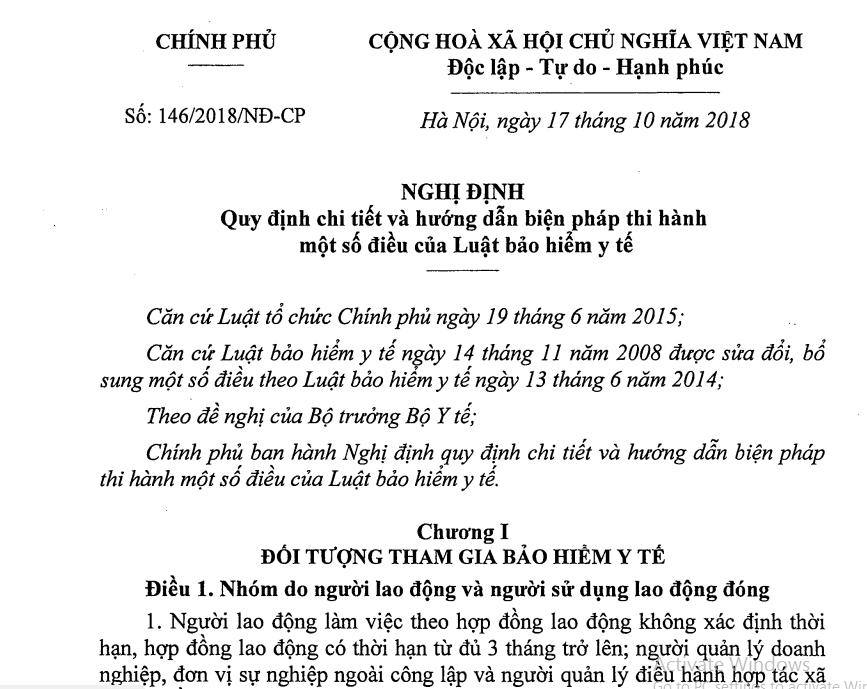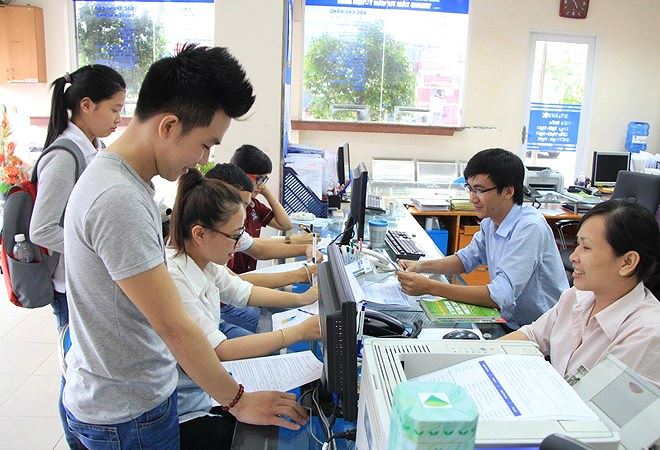In 2014 – one year after the implementation of the Law on Deposit Insurance (BHTG) passed by the National Assembly of the Socialist Republic of Vietnam in 2012, along with the robust execution of the restructuring program for the system of credit institutions – the Deposit Insurance of Vietnam (DIV) is expected to present a new outlook and make positive contributions to the development of Vietnam's financial market.
Insurance of Deposits in Vietnam Insurance of Deposits (BHTGVN)
Similar to the deposit insurance systems of most countries worldwide, BHTGVN was established with the primary objectives of: (1) Protecting small depositors with limited information regarding deposit-receiving organizations; (2) Contributing to the stability of the financial-banking system, preventing instances of systemic collapse, and (3) Enhancing fair competition among financial institutions and promoting healthy development of the financial system. Though these three objectives are interconnected and mutually reinforcing, the primary focus is on protecting depositor rights.

BHTGVN is expected to present new features and contribute positively to the development of Vietnam’s financial market. Source: internet
Regarding the goal of maximizing depositor rights protection (and also contributing to achieving the other two goals), in 2014, BHTGVN needs to focus on three emerging issues identified in Deposit Insurance Law as follows:
Firstly, determining a reasonable payout limit for depositors in case of liquidity issues or collapse of deposit-receiving organizations is paramount. From the perspective of directly impacting depositor rights, the payout level must maximize coverage for as many depositors and their deposits as possible. However, excessively high and wide-ranging commitments can lead to depositor complacency in evaluating the trustworthiness and quality of credit institutions. This may result in abuses and ethical violations without improving operational efficiency and risk management in deposit-receiving organizations, raising the risk of insolvency or collapse of the entire system. Therefore, most countries place great importance on determining this limit appropriately for each period.
Practical experience shows a global trend towards increasing the insurance payout limits, with some countries committing to cover 100% of deposits during financial crises. This has greatly stabilized depositor sentiment and fully protected their rights.
In Vietnam, since 2005, the maximum payout for all deposits at a single organization has been set at 50 million VND. During the recent global financial crisis, the State committed to fully reimbursing 100% of depositor funds. Notably, in critical times, the State Bank ensured that deposit-receiving organizations had enough funds to meet depositor demands, preventing mass withdrawals linked to unstable sentiments. Hence, recent regulations, commitments, and practices in Vietnam have protected depositor rights, contributing to financial market stability.
However, as Vietnam’s economy is expected to grow despite challenges, rising incomes will increase deposits, necessitating more stable depositor sentiment. Additionally, the continuous price rise and the financial-credit restructuring program have impacted depositor emotions. Therefore, reasonably reevaluating the compensation level and raising the insurance payout limit to better protect depositor rights and promote financial market stability during the credit institution restructuring period is crucial.
Secondly, determining the mandatory fee for participating organizations in the Deposit Insurance Scheme should be proactive and positive. As a principle, the deposit insurance fee should clearly reflect the responsibility of deposit-receiving organizations towards depositors in case of collapse.
Two primary methods of collecting deposit insurance fees exist globally based on the financial market's development and the management, supervisory capabilities of the Deposit Insurance Agencies. The first method is a uniform fee collection for all deposit-receiving organizations. This approach is simple and easy to implement but fails to distinguish the safety levels of different organizations, which is essential for promoting competition. This method is generally applied in nascent financial markets with underdeveloped risk assessment capabilities.
The second method is risk-based fee collection, where higher-risk institutions pay higher fees, and vice versa. This method encourages deposit-receiving organizations to improve operations and minimize risks, offering better depositor protection and reducing the State budget's burden in case of collapse. However, it requires a mature, transparent financial market with accurate, objective risk assessments of deposit-receiving institutions and capable deposit insurance agencies.
Currently, Vietnam's Deposit Insurance Agency collects fees using the first method, which has been suitable given market conditions and the agency’s capacity. However, as the economy and financial market develop, risks diversify and amplify, necessitating a shift towards the second method as outlined in the Deposit Insurance Law. 2014 presents an opportune moment to commence this policy.
Thirdly, establishing an efficient information exchange and processing mechanism.
As discussed, the top priority of the Deposit Insurance Agency is protecting depositors who lack the means to evaluate the activities and risks of deposit-receiving organizations. This requires effective mechanisms to identify and handle information through two main channels:
(1) Between depositors and deposit-receiving organizations: allowing depositors to directly assess these organizations and protect their rights based on market and organizational information.
(2) Between financial market regulatory, supervisory agencies, the Deposit Insurance Agency, and deposit-receiving organizations: Here, depositor rights are upheld based on the trust in the information and assessments provided by these agencies. Depositors rely entirely on the regulatory and supervisory agencies and Deposit Insurance Agency’s evaluations.
Globally, various information exchange models have emerged, especially during financial crises, to protect depositors. None is universally optimal, and each nation tailors its approach based on specific conditions.
In Vietnam, two informational channels exist. Particularly for the second channel, beyond existing regulatory information, the Deposit Insurance Law mandates direct reporting from participating organizations to the State Bank, with the Deposit Insurance Agency receiving and processing this information. This centralized, streamlined provision contrasts with prior policies.
This new regulation simplifies accurate and comprehensive information collection for the Deposit Insurance Agency, preventing redundant reporting, though it limits the agency's proactive information access.
To enhance the depositor protection function of the Deposit Insurance Agency under the Deposit Insurance Law, it's essential to soon establish regulations for information sharing between the State Bank, the Deposit Insurance Agency, other regulatory bodies, and participating organizations.
Among the three highlighted issues, there's a clear, intricate relationship between the insurance payout limit and the fee collection mechanism, suggesting concurrent adjustments. Information exchange mechanisms are vital for the Deposit Insurance Agency's task performance. Thus, aligning these elements with other specific operational, structural, and financial guidelines for the Deposit Insurance Agency will ensure effective law implementation.
Addressing these points, we can trust that the Deposit Insurance Law will be impactful, enabling the Deposit Insurance Agency to fulfill its role, especially in optimally protecting depositor rights in 2014.
Source: Dr. HA HUY TUAN, Vice Chairman of the National Financial Supervisory Commission
 Article table of contents
Article table of contents
.jpg)




.Medium.png)
.Medium.png)
.Medium.png)
.Medium.png)
